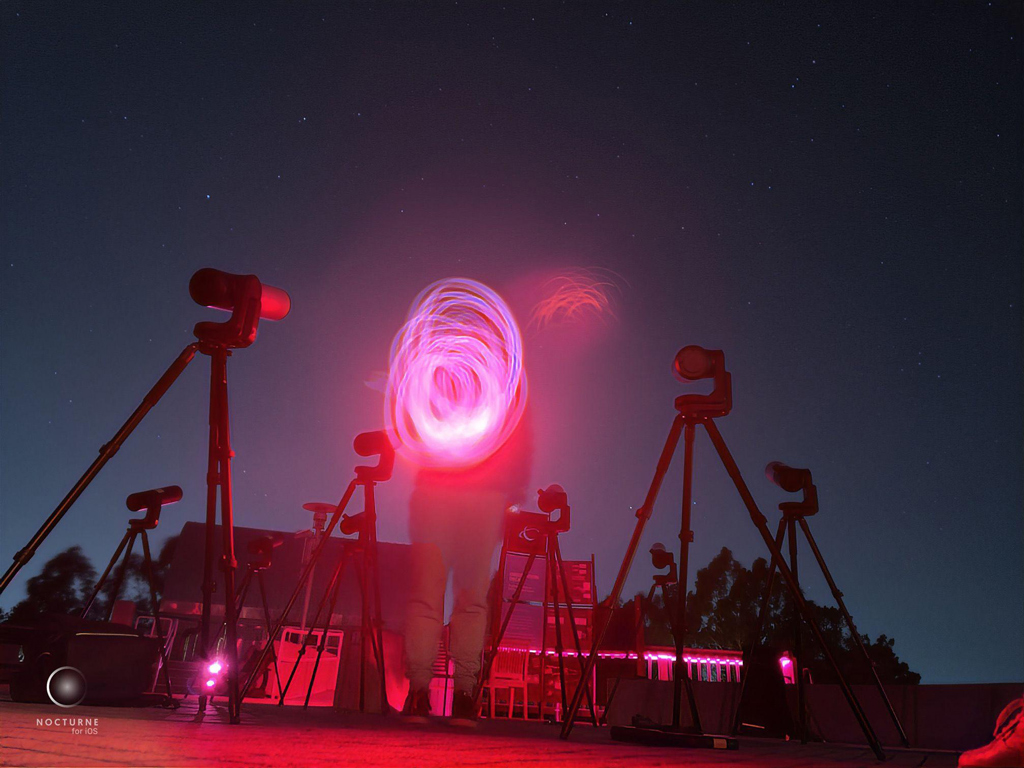
“When I was in high school, I got to use these digital smart telescopes to help SETI Institute astronomers with a global citizen science campaign to further characterize a recently discovered sub-Saturn-sized planet around a star over 619 light years away from planet Earth.”
These words are a quote from the future from a high school student involved in a February 2023 observational marathon of a NASA Transiting Exoplanet Survey Satellite (TESS) planet candidate. Ignoring my ability to time travel, most would agree that that’s a pretty rad statement from a high school student. Even though I’m slinging words like “rad,” I’m not that old. When I was in high school, the only humans taking data from exoplanets were professional scientists using research observatories and advanced technical telescopes.
Today, we’re trying to make science and astronomy more accessible and democratic, and give students the opportunity for more engaging learning with real-life applications and skills. Advances in technology and inspiring education initiatives have allowed experiences like this to happen. The Unistellar Exoplanet Campaign utilizes small backpack-sized digital smart telescopes, called Unistellar Enhanced Vision Telescopes (eVscopes), to engage citizen astronomers to collect research-quality data on exoplanet transits. An exoplanet transit is when a planet outside our solar system transits its host star from our perspective, which creates a drop in its star’s brightness over time. Young students, mostly in high school, received three eVscopes last year from a generous Gordon & Betty Moore Foundation grant. They joined this exoplanet network as part of their experience with the Chabot Space & Science Center’s Galaxy Explorer program (Oakland, CA).
With help from lead Galaxy Explorer student Astha Verma, and Chabot staff, Jenna Lowe and Dan Stanton, I led the team in a series of training events on how to use their telescopes for scientific observations, how exoplanet science works, and together we planned for an overnight exoplanet observation on February 18, 2023. I realized how motivating this was for the students when I saw the Galaxy Explorers take the initiative to help plan the event months in advance. The team created a custom QR code linking to important resources for our observation and helped with logistics and planning documents. They even labeled their eVscopes with custom names: Wall-E, Star-Lord, and the Wanderer.
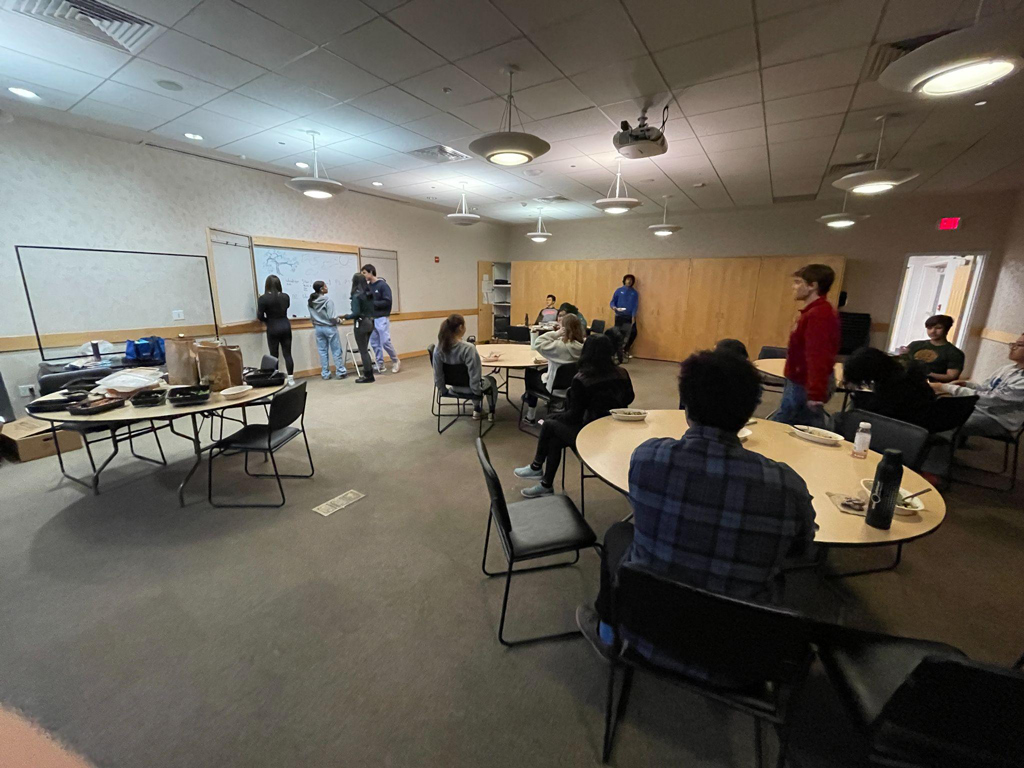
As we got closer to the overnight event, collaborator Dr. Paul Dalba, introduced me to an exciting exoplanet target that he thought may be interesting for my PhD research. The TESS instrument has only observed TIC 139270665.01 (TIC = TESS input catalog) transiting its star once. Only having one transit dataset makes it hard for astronomers to know when another will happen. Fortunately, another observation method, called the radial velocity method, can collect spectroscopic data to help narrow down the possibilities. With confidence growing from spectroscopic data Dalba collected from Lick Observatory's Automated Planet Finder (APF), we decided to have the Unistellar network attempt to catch a second transit to help further characterize and confirm the planet. However, with uncertainty from the limited available transit data, we still didn’t know the exact transit time. Luckily, since our Unistellar network is global, we could ask them to observe this TIC planet over several days when the probability of the transit occurring was highest (see You Can Observe a One-hit Wonder Exoplanet this February by Dr. Lauren Sgro for more details).
The Galaxy Explorer students and I were very excited to choose this TIC planet for our target, so we agreed to focus on collecting as much data as we could during our overnight event. I also brought more eVscopes to improve the quality of our data. Our science team has found that by increasing the number of eVscopes on a target, we can closely reach a theoretical SNR (sign-to-noise ratio) improvement of our data by a factor of √N, where N represents the number of eVscopes. As a result, more telescopes on the target will improve our data. Encouraged by this, I asked a collaborating astronomer, Dr. Ian Weaver, to help me bring six additional eVscopes to add to the three that the Galaxy Explorers already had so we could improve our data by a factor of three.
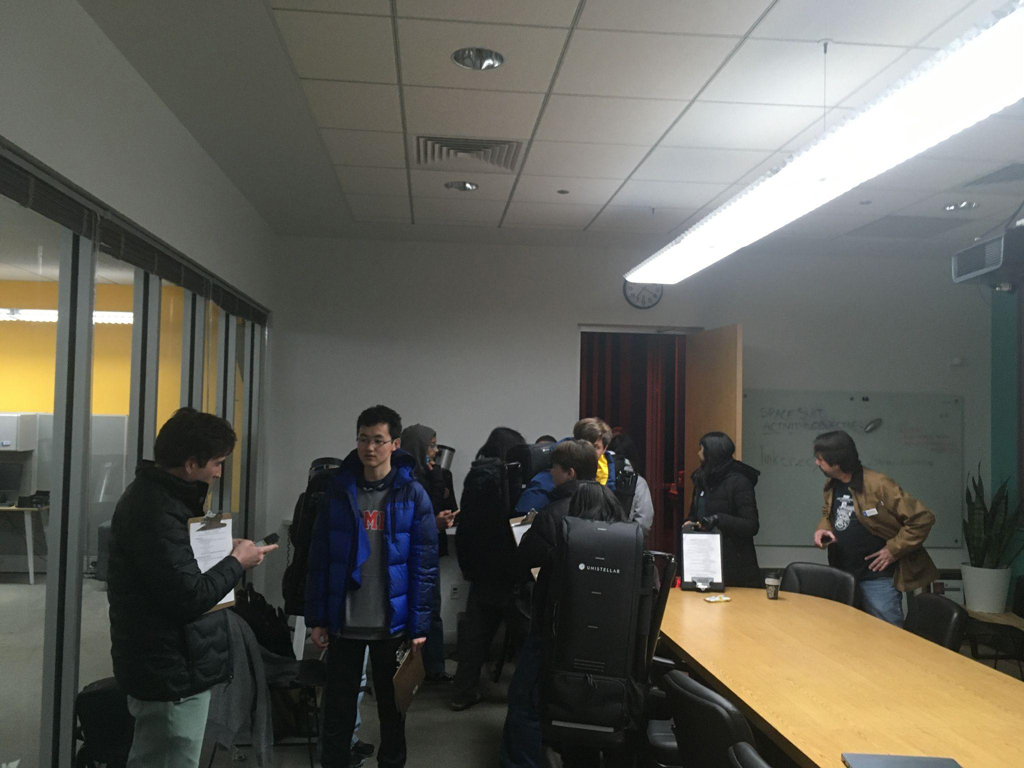
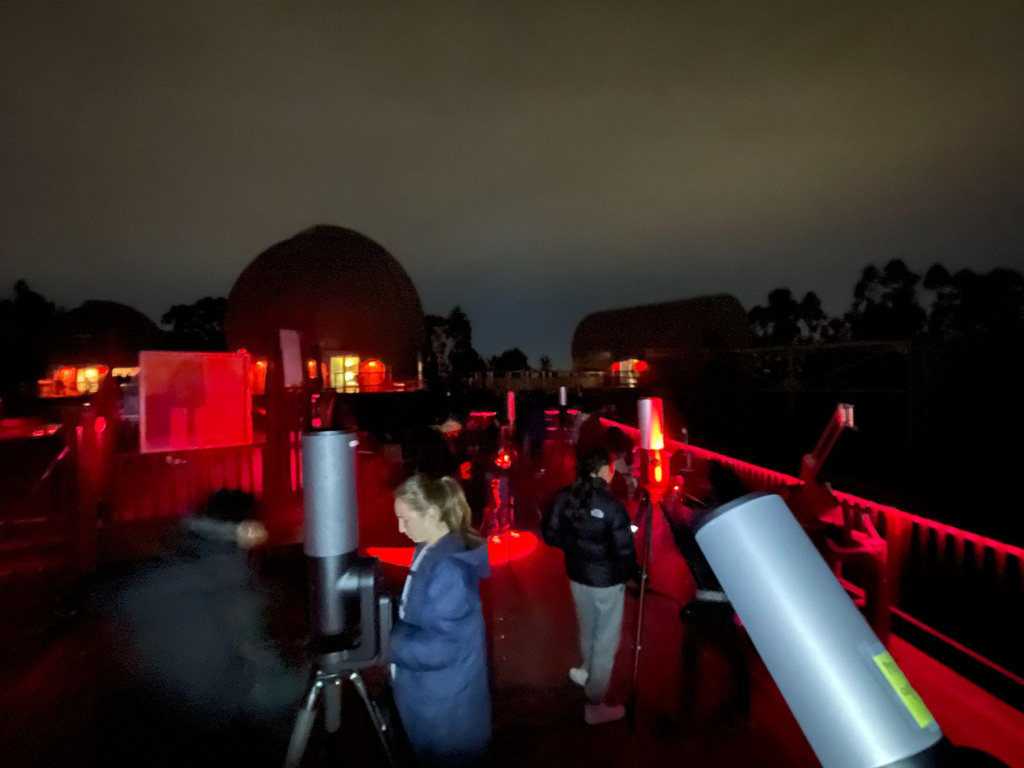
After Astha led a fun icebreaker with the team of 16 students, we headed out to the Chabot Space & Science Center’s observation deck to set up our eVscopes. With nine eVscopes on our TIC target controlled primarily by the students, we collected data from about 8:00 PM PST to approximately 5:00 AM PST the next morning. Between hourly telescope maintenance to ensure the best data collection, we enjoyed movies, games, musical performances, exploring parts of the science center, light painting photography with the Unistellar Nocturne app, and great science conversations. We concluded the event by uploading our data and filling out observation report forms for our science team’s future data analysis.
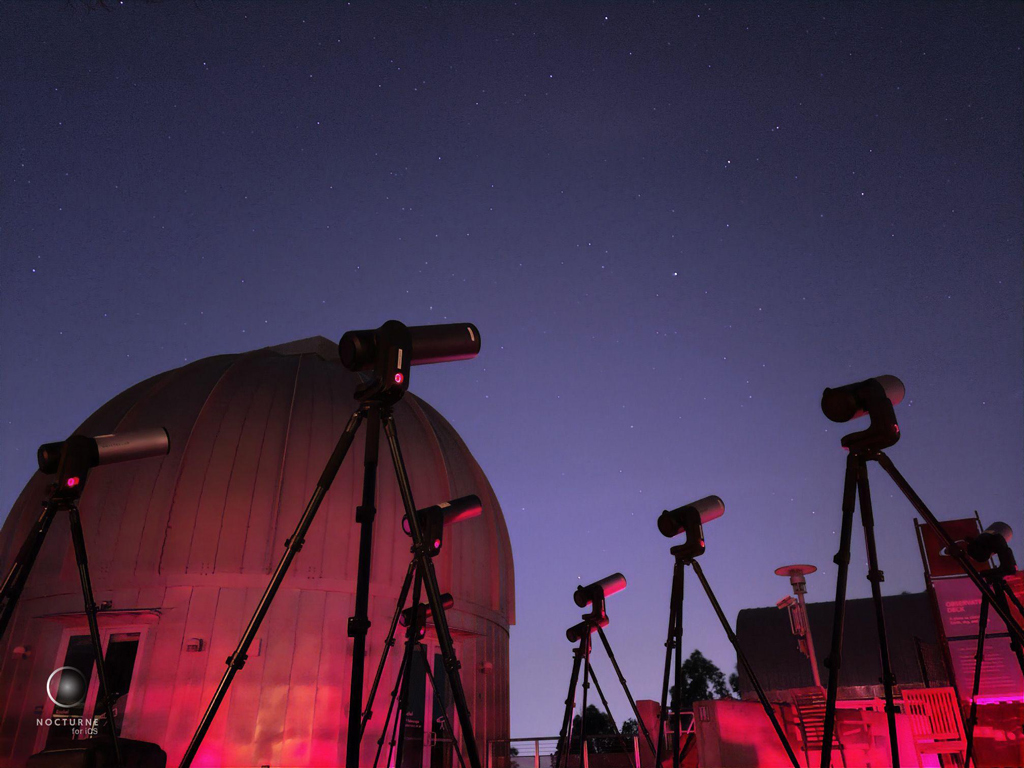
Our science team is currently processing the data from the Galaxy Explorer student observations and 13 additional observations from Unistellar citizen astronomers around the world. Whether we caught the transit or not, the data will still be valuable to show us when the transit does not happen and will help us narrow down the window for future transit observation opportunities. All of the Unistellar citizen astronomers and the Galaxy Explorer students will be co-authors in the upcoming article on this TIC planet we plan to submit for publication in an astronomical journal. I will also include the students in the data analysis and writing process so they can learn with me as I finish and submit my PhD thesis in mid-2023. It is very exciting for me and the students to collaborate on helping me to finish my PhD and do science in the process!
These students were motivated and empowered by being given the responsibility and opportunity to be involved in such an experience. I saw excitement and growing wonder in their faces at the possible unknowns we were exploring, such as the possibility of life on a distant exoplanet. When I was a high school student, I remember feeling quite the opposite with our traditional science classroom, which was devoid of awe, wonder, practical learning experiences, and the feeling of being a part of something and an “equal” with adult leaders. As a teacher and current researcher, I see the power of including these things in the science classroom and empowering our teachers with the skills to change the paradigm for science education.
The future may be uncertain and unwritten. However, we can write it with an inspiring light that puts our youth’s creative energy and drive at the center of the circle. However, significant progress can only happen by changing the status quo. These students do just that by collecting light from stars and sharing it with the world.
